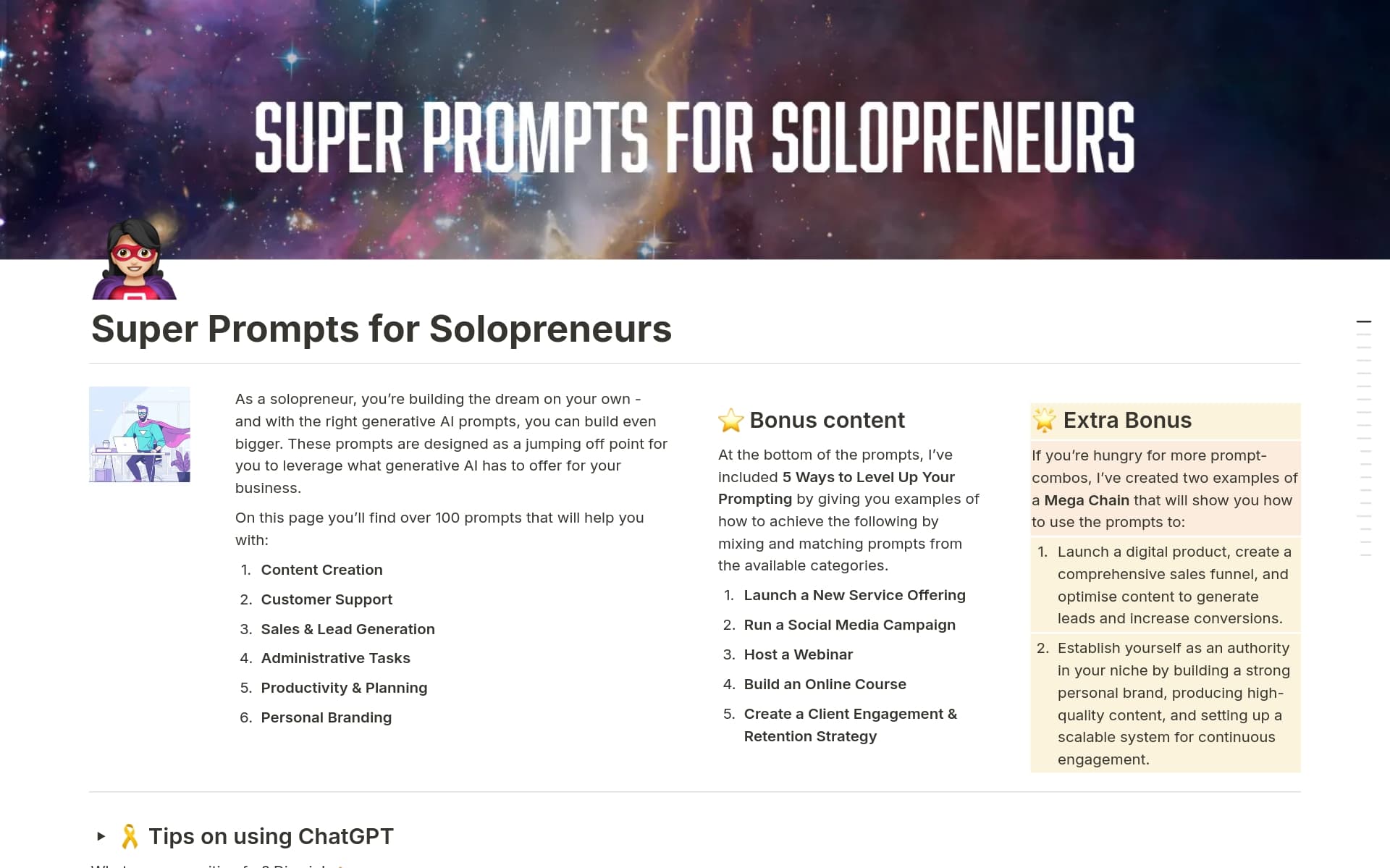User research helps product managers understand their target users' needs, behaviors, and preferences, providing valuable insights for making informed decisions about product development and enhancement. A User Research template can streamline the process of gathering and analyzing user data, making it easier to organize insights and take actionable steps based on findings.
Before you start crafting your own User Research template, explore these examples below to simplify the process and gain inspiration.
What Should User Research Templates Include?
Choosing the right User Research Template is crucial for gathering actionable insights effectively. Here are key components to look for in a high-quality template:
Clear Objectives: The template should clearly outline the goals of the research. This helps in keeping the focus on what needs to be achieved and ensures that the data collected is relevant.
Demographic Information: It should include fields to capture essential demographic details of participants. This data is vital for analyzing the research results in context.
Questions Section: A well-structured question section that guides the interviewer through each stage of the user interaction, ensuring all critical areas are covered.
Results and Analysis: Space for noting down results and initial analysis should be provided. This helps in quick reference and easier synthesis of insights post-research.
Selecting a template with these components will streamline the research process and enhance the quality of insights you gather.
What Should User Research Templates Avoid?
Choosing the right User Research template is crucial for gathering actionable insights effectively. However, certain elements can hinder the process rather than help. Here are three key components to steer clear of:
Overly Complex Structures: Templates that are too detailed can be overwhelming. Simplicity aids in better data collection and analysis.
Undefined User Roles: Ensure the template clearly defines who is responsible for each part of the research. Ambiguity can lead to critical oversights.
Fixed Response Fields: Avoid templates that don't allow customization of response fields. Flexibility is essential to adapt to specific research needs.
Remember, the best templates are those that provide clarity and flexibility, helping you to focus on the insights rather than on managing the tool itself.



